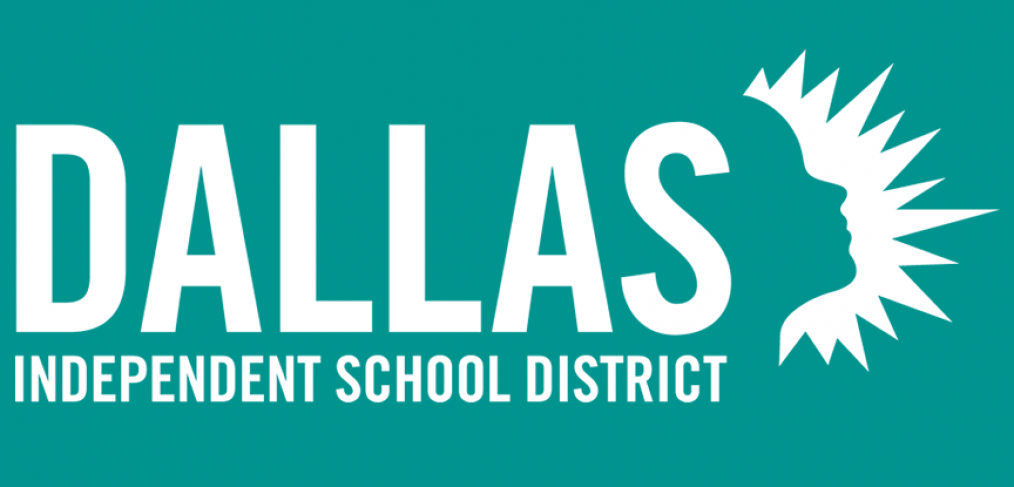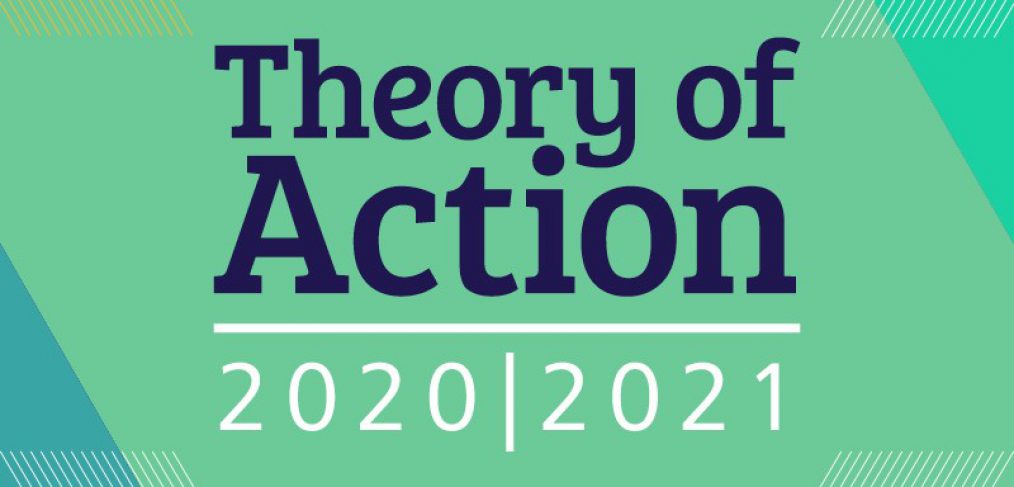As the upcoming election nears, district employees must be aware of election laws related to political electioneering and political advertisement. Please make sure you notify your entire staff of the following guidelines to ensure compliance during this election time.
Although district employees do not shed their constitutional rights to freedom of speech or expression at the schoolhouse gate, neither an employee nor anyone else has an absolute constitutional right to use all or parts of a school building or its immediate surrounding areas for unlimited expressive purposes. Therefore, the time, place and manner restrictions outlined below are imposed regarding electioneering on District property.
Definitions:
- Electioneering is defined as advocating for or against a candidate, measure or political party and includes the posting, use, or distribution of political signs or literature.
- Voting period means the period beginning when the polls open for voting and ending when the polls close or the last voter has voted, whichever is later. “Early voting period” is described at Election Code section 85.001.
- Political advertising is a communication that advocates a particular outcome in an election. It can be a communication in almost any written or broadcast form, such as a billboard, flier, newsletter, poster, television or radio ad, or an Internet site.
Use of District Funds and/or Resources:
An officer or employee of the district shall not knowingly spend or authorize the spending of district funds or other resources of the district to electioneer for or against any candidate, measure, or political party. Tex. Edu. Code § 11.169 [See BBBD (Legal)].
An officer or employee of the District shall not knowingly use or authorize the use of an internal mail system for the distribution of political advertising unless the political advertising is delivered by the United States Postal Service. Tex. Election Code § 255.0031 [See CPAB (Legal) and BBBD (Legal)]
Individuals who violate election laws may be criminally prosecuted. Also, the Texas Ethics Commission has authority to impose fines for violations of election rules.
Prohibited use of District facilities/resources:
An officer or employee of the District shall not:
- Use district-owned copy machines, fax machines, and phones to send out political information advocating for or against any candidate;
- Post political advertisements in any classroom, workroom, lounge, newsletter, or school/facility bulletin board;
- Use a sound amplification device or a vehicle with a loudspeaker within 1,000 feet of a building in which a polling place is located;
- Use District e-mail to advocate for or against any candidate whether a candidate e-mails the employee from a non-governmental e-mail account;
- Use District and internal staff mailboxes to distribute any political advertisement;
- Display election bumper stickers or signs on any school district owned vehicle including cars, trucks, buses, tractors, etc.;
- Link to another website that does advocate for or against a measure or candidate;
- Tweet, retweet, and/or email from District email accounts and District social media accounts any website that advocates for or against a measure, candidate, or political party;
- Use employee time for political advocacy such as wearing any clothing, badges, buttons, or symbols that advocate for or against a measure, candidate or political party;
- Use the classroom or other District facility to advocate support for or against a measure, candidate or political party;
- Use positions or titles in connection with political activities except to denote or clarify work history.
- Create or distribute a political advertisement using district resources and/or during work time;
- Have students work on political advertising during school time;
- Use district property, funds, and other resources for political purposes such as enhancing candidacy;
- While running for office, hold meetings on District property during the period between candidates’ filing deadline and the election.
Restrictions on Electioneering near Polling Places:
- Electioneering during the voting period and within 100 feet of any outside door through which a voter enters the polling place is prohibited. Texas Election Code § 61.003(a)
- Ban on Political Attire: a person cannot wear a badge, insignia, emblem, or other similar communicative device related to a candidate, measure, or political party appearing on a ballot, or to the conduct of the election, in the polling place or within 100 feet of any outside door through which a voter enters the polling place. Election Code § 61.010
- An offense under section 61.003 is a Class C misdemeanor.
All erected signs shall be erected and maintained in compliance with all applicable state laws and with the building code, election code, and other applicable ordinances of the City of Dallas. In the event of any conflict between this regulation and other laws, the most restrictive standards apply.
Permissible Actions:
The following are allowable:
- Get out the vote campaigns so long as no public funds are used to electioneer or for political advertising;
- Announcements, including newsletters and social media, to share factual information about voter registration, polling sites, and dates and hours of voting;
- Engagement in political activities on employee’s off time and without use of district funds, equipment, or other resources;
- Attendance at a non-campaign school event as a parent, volunteer or invited guest for non-political purposes; candidates may not use the event as a campaign opportunity. As a practical matter, speech cannot be easily controlled, extreme caution should be exercised for such events as the candidates may innocently be asked about the office that they are actively running for by attendees. Any discussions concerning the candidates’ office would appear to support their candidacy in violation of Texas Election Code, Section 255.003 and Texas Education Code, Section 11.169, which prohibits the District from using work time and other district resources for political advertising.
- Use of District facilities for political forums attended by multiple candidates. Sponsorship of the forum will need to be by an external organization as District resources may not be used;
- Oral conversations regarding the election during employee break times, if it does not disrupt the school day;
- Classroom discussions or post political advertisements in class when it is directly tied to a lesson taught in the class, such as a lesson on the presidential election in government class.
Questions should be directed to the Board Services Office at 972.925.3720.





 Lou weighs 100 pounds, but he is a big teddy bear. He has grown up with my kids and watches over them always. He makes us happy because he is so sweet and fun loving.
Lou weighs 100 pounds, but he is a big teddy bear. He has grown up with my kids and watches over them always. He makes us happy because he is so sweet and fun loving.












